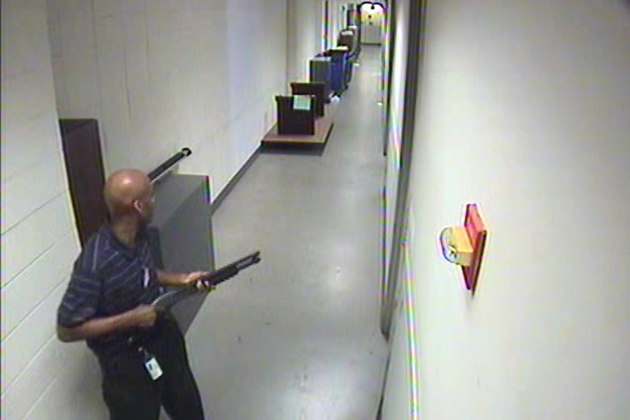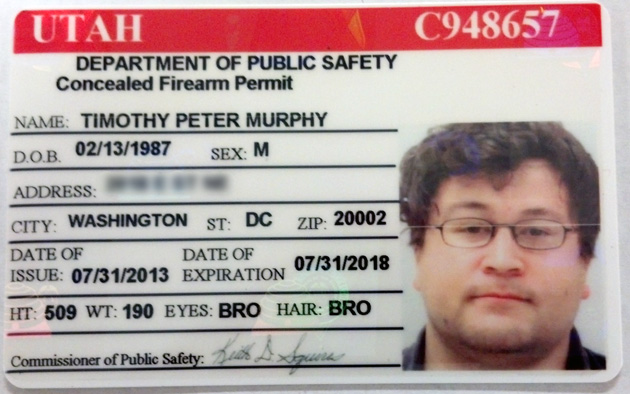
<a href="http://www.shutterstock.com/pic-120816088/stock-photo-rear-view-of-man-aiming-target-with-gun.html?src=uT2lrUdO6G1n_x7gEQQvag-1-3">bikeriderlondon</a>/Shutterstock
Getting a concealed-carry permit for a firearm from the state of Utah is pretty easy. As I reported in our September/October issue, you don’t have to know how to fire a gun—or even set foot in Utah—to obtain one. That’s why more than 60 percent of the Beehive State’s 473,476 concealed-carry permits belong to non-residents, who take advantage of Utah’s reciprocity with 35 other states.
And they’re doing so in rising numbers: Over the last year, the Deseret News reports, the state has seen a boom in permit requests. The cause? Fear of mass shootings, as well as new gun restrictions, according to a Utah official:
[Bureau of Criminal Investigations] chief Alice Moffatt said the agency had “bins and bins” of applications in February, March and April when the numbers swelled to more than 18,000 per month. She attributed the surge to last year’s shootings in Connecticut and Colorado and gun control legislation.
“That seems to spur people getting their concealed weapons permits,” she told the Law Enforcement and Criminal Justice Interim Committee on Wednesday.
Permit renewals will exceed 40,000 this year, a 42 percent increase, Moffat said.
The permit boom comes as Utah and many of the states it has reciprocity agreements with have been rolling back gun control laws. During the last legislative session in Salt Lake City, a bill aiming to eliminate the requirement for concealed-carry permits entirely (except for felons) passed both chambers before being vetoed by Gov. Gary Herbert (R). Gun rights advocates say they’ll try to get it passed again.
In the meantime, fear has helped fill the coffers of the Beehive State: The Deseret News reports that Bureau of Criminal Investigations made a $2.3 million profit on concealed-carry permits last year.
Correction: This story originally misidentified the name of the governor of Utah.
















